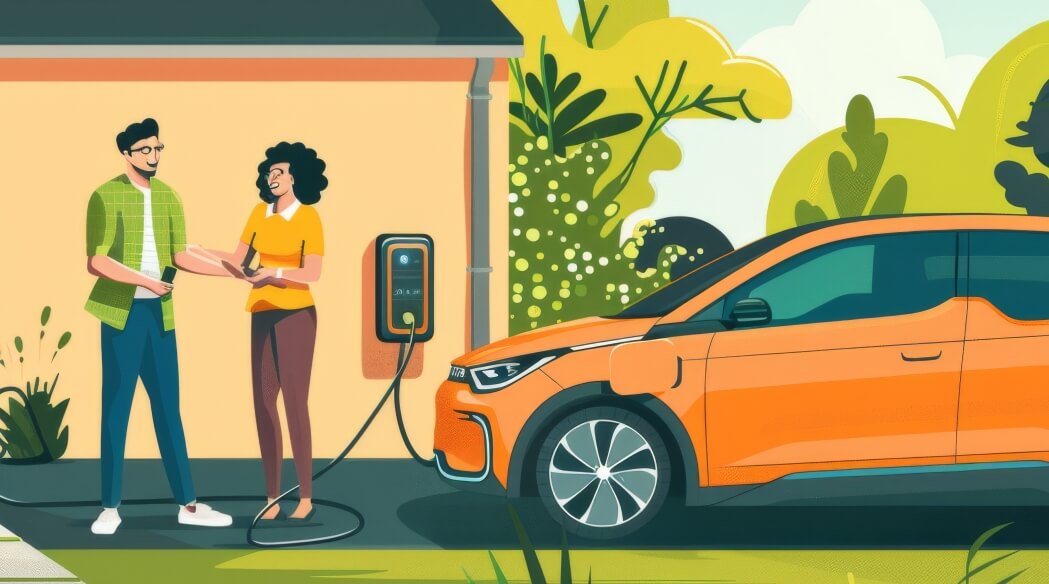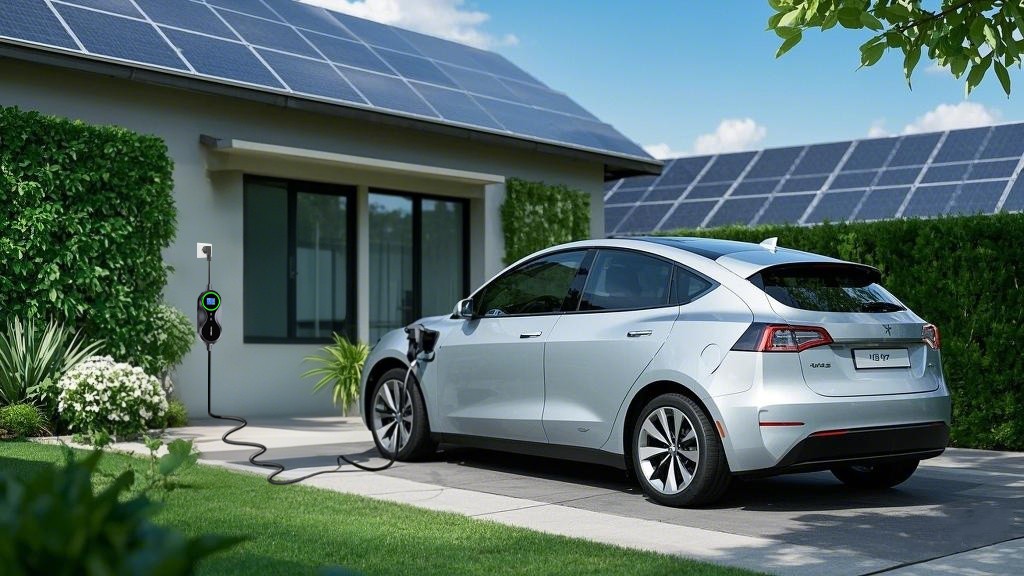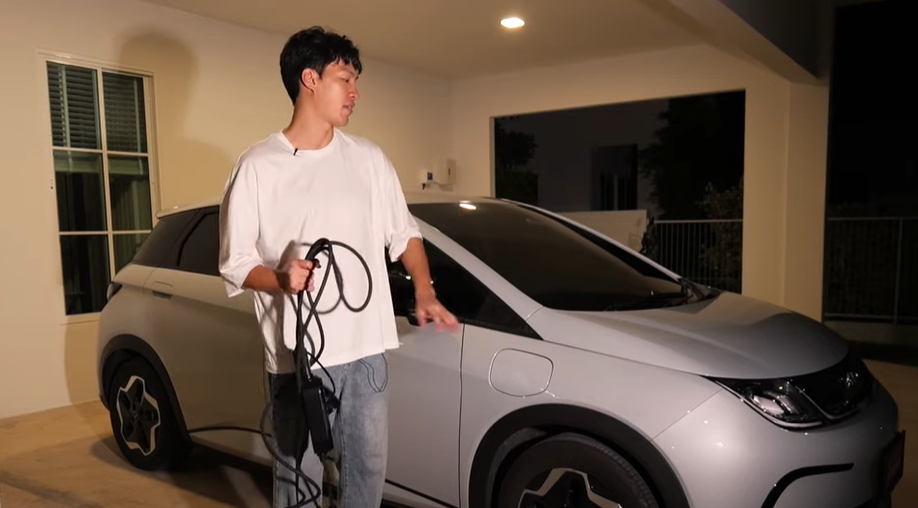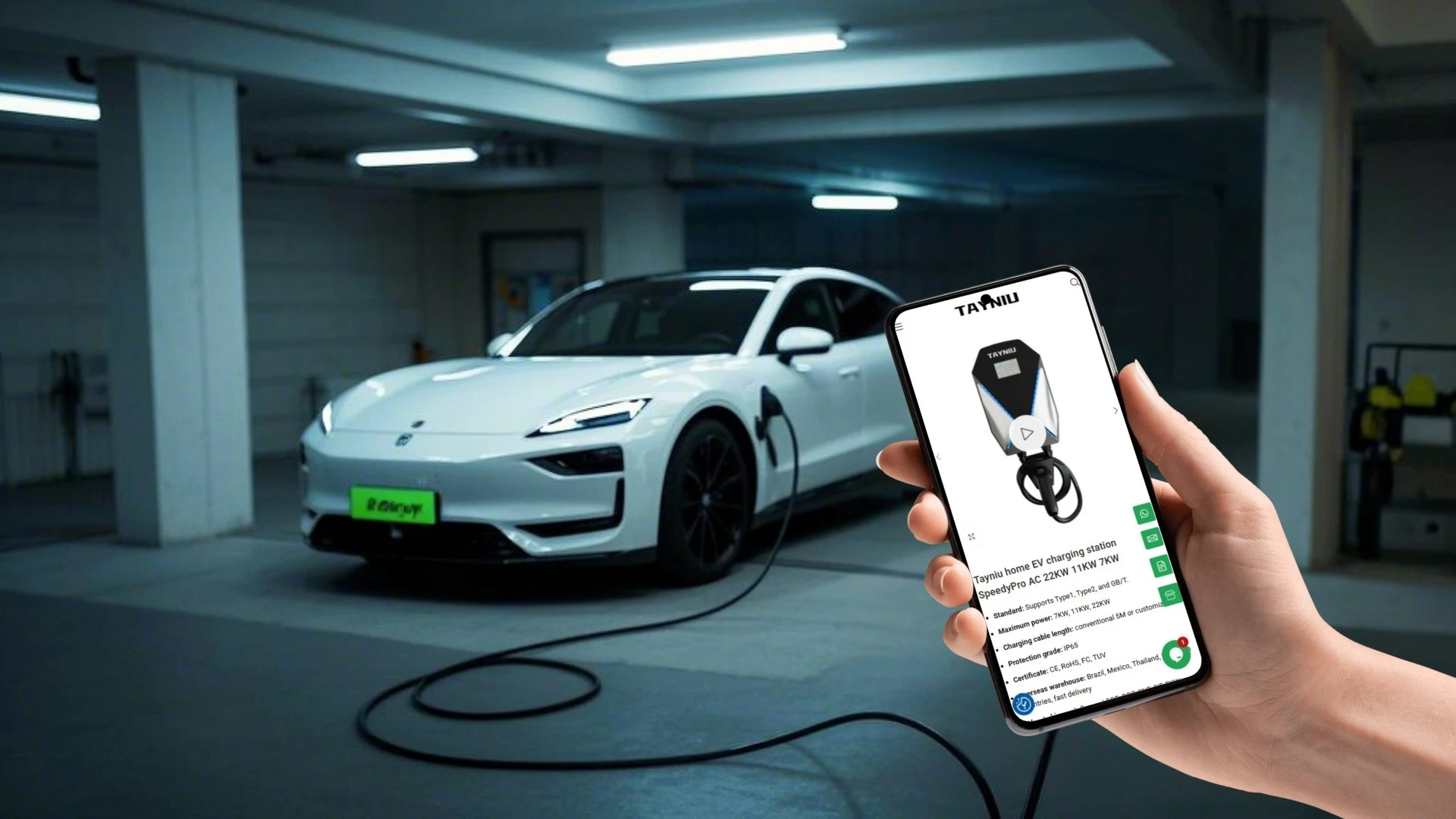Is a Car Battery AC or DC?
One of the most common questions among car enthusiasts and those new to the world of automotive technology is whether a car battery uses AC (Alternating Current) or DC (Direct Current). Understanding the difference and the role each type of current plays in a vehicle's electrical system is crucial for maintaining and troubleshooting your car.

Basic Definitions
- AC (Alternating Current): AC is a type of electrical current where the flow of electrons periodically reverses direction. This is the type of electricity that powers most homes and buildings. It is efficient for transmitting power over long distances and is commonly used in power grids.
- DC (Direct Current): DC is a type of electrical current where the flow of electrons is in one constant direction. This is the type of electricity used in most electronic devices, including car batteries. DC is simpler and more stable for powering devices that require a consistent voltage.
Car Batteries and DC
Car batteries are designed to provide DC power. This is because the electrical systems in vehicles, including the starter motor, lights, and electronic components, all operate on direct current. The primary function of a car battery is to supply power to the starter motor to start the engine. Once the engine is running, the alternator takes over to recharge the battery and power the vehicle's electrical systems.
The Role of the Alternator
While car batteries provide DC power, the alternator, which is driven by the engine, generates AC power. The alternator is responsible for converting mechanical energy from the engine into electrical energy to recharge the battery and power the vehicle's electrical systems. However, since the vehicle's electrical components require DC power, the alternator includes a rectifier that converts the generated AC power into DC power.
Why DC is Preferred in Cars
There are several reasons why DC power is preferred for car batteries and electrical systems:
1. Stability: DC power provides a stable and consistent voltage, which is essential for the reliable operation of sensitive electronic components in modern vehicles.
2. Simplicity: DC systems are generally simpler and easier to manage compared to AC systems. They require fewer components and are less prone to issues like voltage fluctuations.
3. Compatibility: Most automotive electrical components, such as ignition systems, lights, and electronic control units, are designed to operate on DC power.
Hybrid and Electric Vehicles
In hybrid and electric vehicles, the use of DC power is even more critical. These vehicles often have high-voltage DC batteries that store energy for the electric motors. However, even in these advanced vehicles, the alternator (or generator) still converts mechanical energy into AC power, which is then rectified to DC for storage in the battery.
Conclusion
In summary, a car battery is a DC power source. While the alternator generates AC power, it is converted to DC to recharge the battery and power the vehicle's electrical systems. Understanding this fundamental aspect of automotive electrical systems can help you better maintain your vehicle and troubleshoot common electrical issues. Whether you drive a traditional gasoline-powered car, a hybrid, or an electric vehicle, the importance of DC power in automotive applications remains a cornerstone of modern automotive technology.
Last Updated on May 20, 2025 by tayniu



